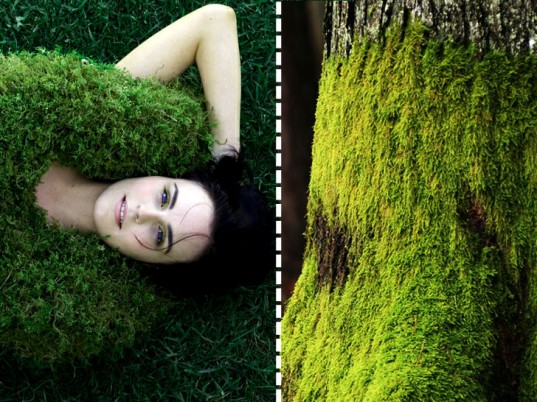A while back I posted a week long biomimiquiz, which included tumbleweeds as a mine clearance device, as suggested by Massoud Hassani. Through reading Carl Hastrichs coverage of the topic, I found this fascinating, and to my mind well performed statistical analysis of their usage, highlighting the issues of what the author wonderfully describes as ‘the unicorn problem’. This is exactly the kind of work that biomimicry needs, something that can cut through what could develop into biomimicry as a design fashion statement to deal with the actual, realistic effects that we can expect from biomimicry process and design.
While you guys should really go to the full article, the crux of Ashers analysis is:
The biggest problem I see with Hassani’s approach has to do with efficiency, especially as you try to get more and more of the mines detected. The more Kafons you send into the field, the more overlapping you get, and the lower your efficiency becomes, and the harder it gets to detect remaining mines.
Of course, though Ashers analysis is technically unimpeachable, maybe this just indicates that kafons aren’t the whole solution, they seem cost effective at the start of a clearance project, but the ‘lower return of continued investment’ in the concept maybe indicates that in the end phases other methods need to be employed. A modified version of Dorhouts hexepedal framing bot seems like a likely candidate off the top of my head.
Anyway, that’s basically it, but since I haven’t had a single bad joke/geek reference in this whole post, here is a picture of a woman wearing grass:

Little Miss Muffet sat on a tuffet, which then kept growing turning her into a modernist landscaping motif realised through Bill ‘bootstrap’ Turner
P.S. While I would never disagree with Inhabitat and Ecouterre in fashion (I still dress like a teenager from 2000 if left to my own wardrobe), I have previously gone after them for perpetuating biomythology, which they continue to get wrong in their intro paragraph to the above article. CHECK THESE POSTS to find out about the reality of termite mound buildings.

January 30, 2013 at 7:12 pm
The only thing his analysis is missing is measuring the cost of clearing the remaining mines by conventional means afterwards. Mine fields are normally laid out in a geometric pattern. This means the more mines that are removed at random, the harder it becomes to find the remaining mines to be able to state the are is clear.
It’s one of the reasons (apart from general safety) the UN discourages locals from trying to clear the mines themselves.
Pingback: Exploration Architecture: Sustainable architecture, Biomimicry | Tim Batchelder.com